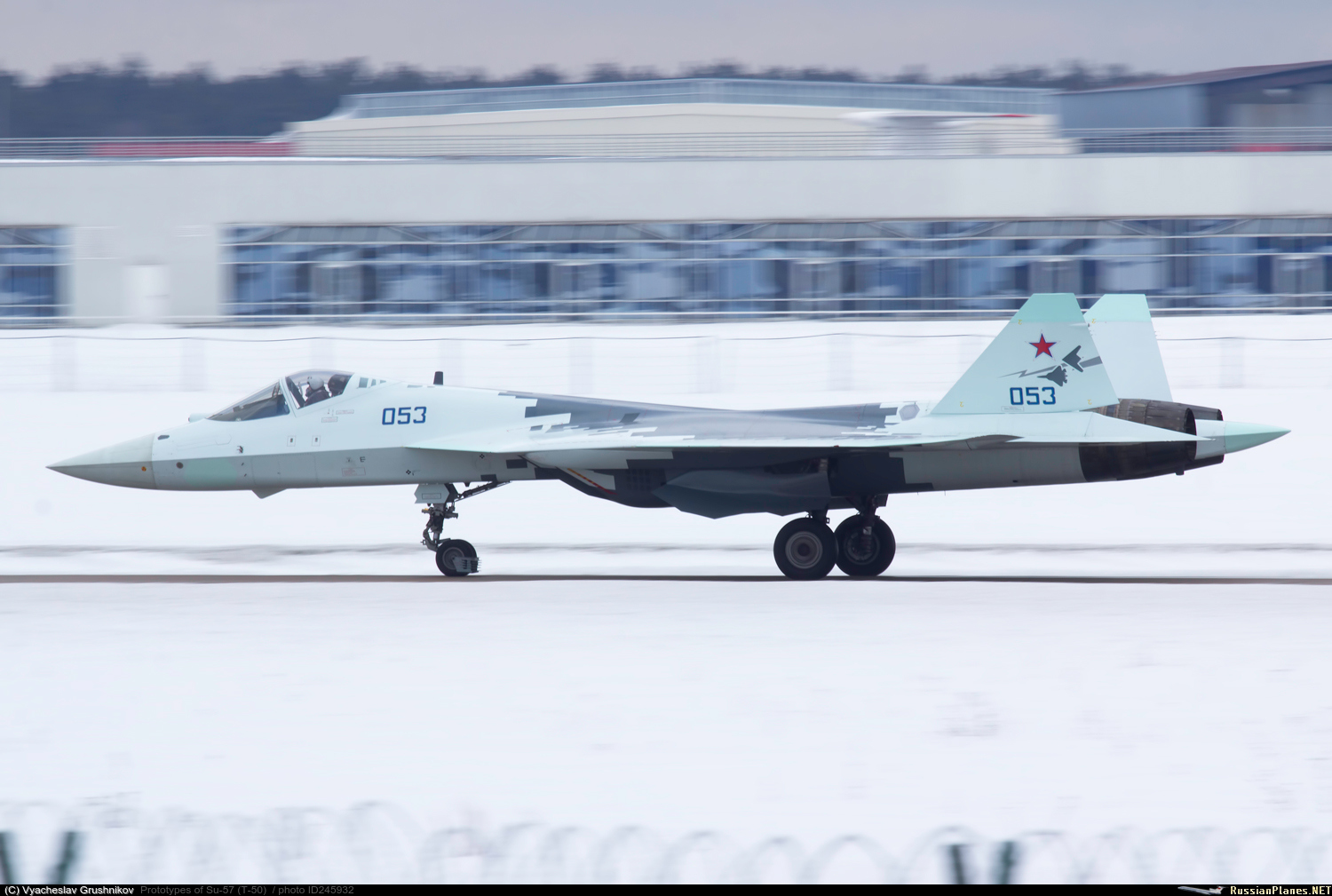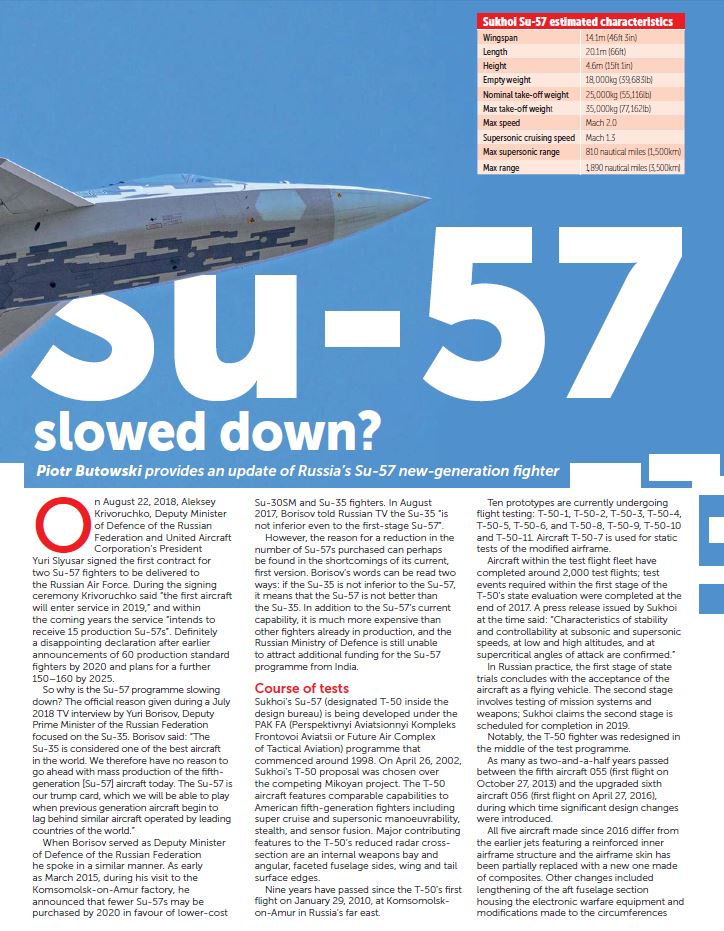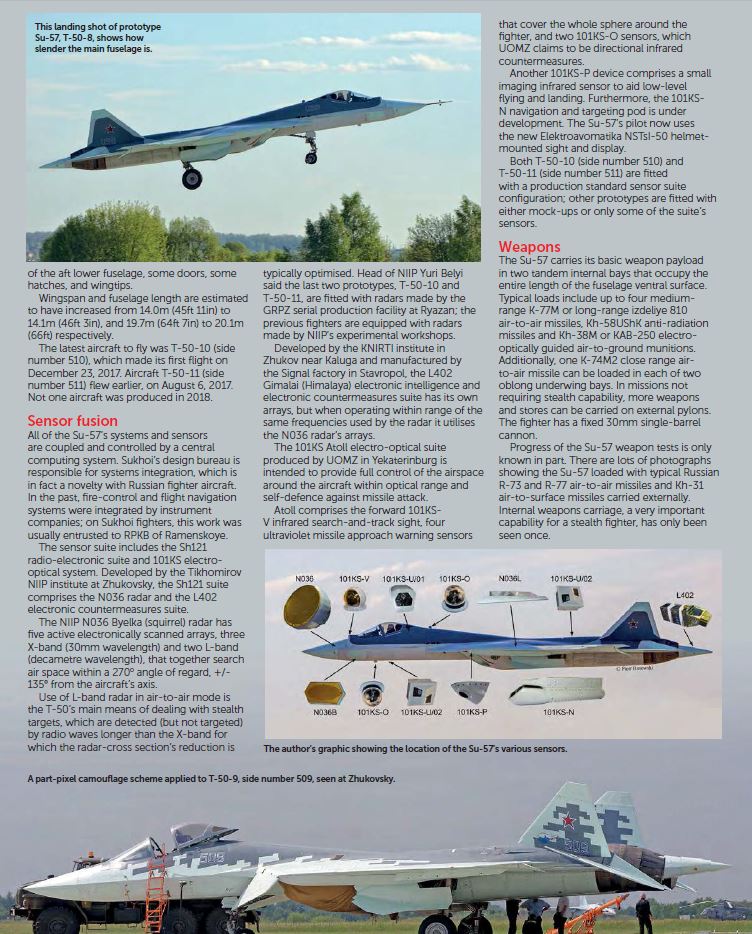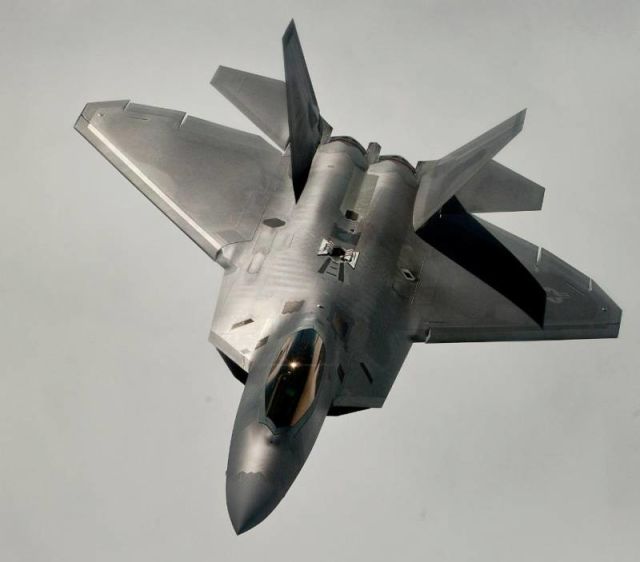Missiles usually use propulsion to achieve certain speed and than maintain it. Propulsion is not used over the entire flight. The more extreme/more against the gravity the turns are, the more speed is lost.
That is like saying during WWI when British soldiers stood up and walked slowly toward German trenches... it was OK... British artillery would have killed all the Germans so they just have to walk over there to occupy the empty trenches... they should have walked in perfectly straight lines because that would get them to the German lines faster... except the German machine guns liked big long lines of enemy troops lined up... shoot them from the side and butcher them in their millions...
An Iskander fired at a target that does not manouver will hit the target faster, but being a simple ballistic missile likely wont get to the target because it will more than likely get shot down. An Iskander that manouvers will hit the target at a lower speed, but the odds are very very high that it will indeed hit its target because it would not be easy to shoot down because of its speed but also because of its unpredictable flight path... if you don't know where it is going to be in 10 or 20 seconds time how can you launch missiles to be there when it gets there?
Kinzhal has a flight ceiling of 20 km, which is theoretically interceptable for SM-6 with 33 km ceiling.
Who said that?
Kinzhal is a hypersonic lifting body powered by a rocket motor launched from a MiG-31 as its primary platform that can operate at up to a ceiling of 20km... do you think a hypersonic missile could not climb any higher?
I'm trying to say, what happens if you have more than one vessel attacking. There's certainly a limitation of how many Migs are rapidly deployable. So having 1 - 2 warheads or 3 - 6 warheads can make the difference.
Think of an attacking carrier group... pick the biggest 4 ships... now imagine a flight of MiG-31s with one Kinzhal each... 1,800km accelerate to mach 2.6 or faster and launching a missile from 18-20km altitude... when the 4 biggest ships in the carrier group suddenly explode and sink... what sort of effect will that have on the task force?
Imagine the British task force to the Falklands... the Hermes and the Sheffield and the Atlantic conveyer and another ship sunk in one attack 1,500km away from Argentina... I am sure they would give orders for their SSN to get some revenge, but would they continue to sail towards the islands or would they cut their losses and run?
Especially knowing they had 50 missiles still ready to go...
Since Kuznetsov has a capability of carrying Yak-38 can't wait to see them Yaks take of the deck once ship back operational.
The point is that they don't have to wait for a new Cruiser to be built to carry them... the launch tubes are already in service and operational, so as quick as they can build them they can deploy them.
PAK-FA is a remarkably well managed program and Sukhoi in general seems to work quite OK.
The attitude seems to be if they are not mass producing it there must be something wrong... well based on that view the F35 must be brilliant and the F-22 an B-2 must be crap.
The more cautious practise of the Russians makes a lot of sense... the Su-35 is a very good aircraft and for the price I don't see any obvious reason to suddenly mass produce much more expensive Su-57s, that will carry less missiles.
Russia is not the US or the west and has never committed to replace all 4th gen fighters with F-35... even the west is reconsidering that concept itself where F35s offer no real advantage over an F15 in places like Syria...
Putin's presentation video from last March shows missiles moving in quite big circles to avoid detection. The actual trajectory will probably depend on many factors, like radar positions etc. Anyway smoothing the trajectory could be a way of increasing the speed.
That was the subsonic nuclear powered cruise missile... for a hypersonic missile those circles mean nothing because of the speed it is travelling at.
All the sources say 20 km...there's no other info.
Likely the operational altitude of the MiG-31 carrier aircraft...
Btw they talked about VSTOL version of Su-57, so it shouldn't be new from scratch. Electronics should remain the same at least, and this jet is a flying computer.
Not likely... too many changes needed to make it V... they might take the Su-57 basic design and change it for V purposes but I don't see the advantage of using a fighter designed for conventional flight to take off vertically....
Kh-22 - 22-27km, Kh-32 - 40km. ceiling 40 km not without the reason . AAD envelope decreases rapidly. Why Kizhal would go lower? especially if has no airbrething engine. MiG can fly on 20km. But missile can go up of course.
Kh-22M operates at 40km altitude to overfly Standard SAMs and Phoenix missiles from F14s.
why decoys? you loose MiG to decoy carrier? did Orlans or Anteys use Granit without warheds?
The Iskander has decoys and jammers built in to its design to improve its chances of penetrating enemy air defences... it is reasonable to assume they left them in the Kinzhal design to improve its chances of penetrating enemy air defences... now and in the near future...










 kvs
kvs

